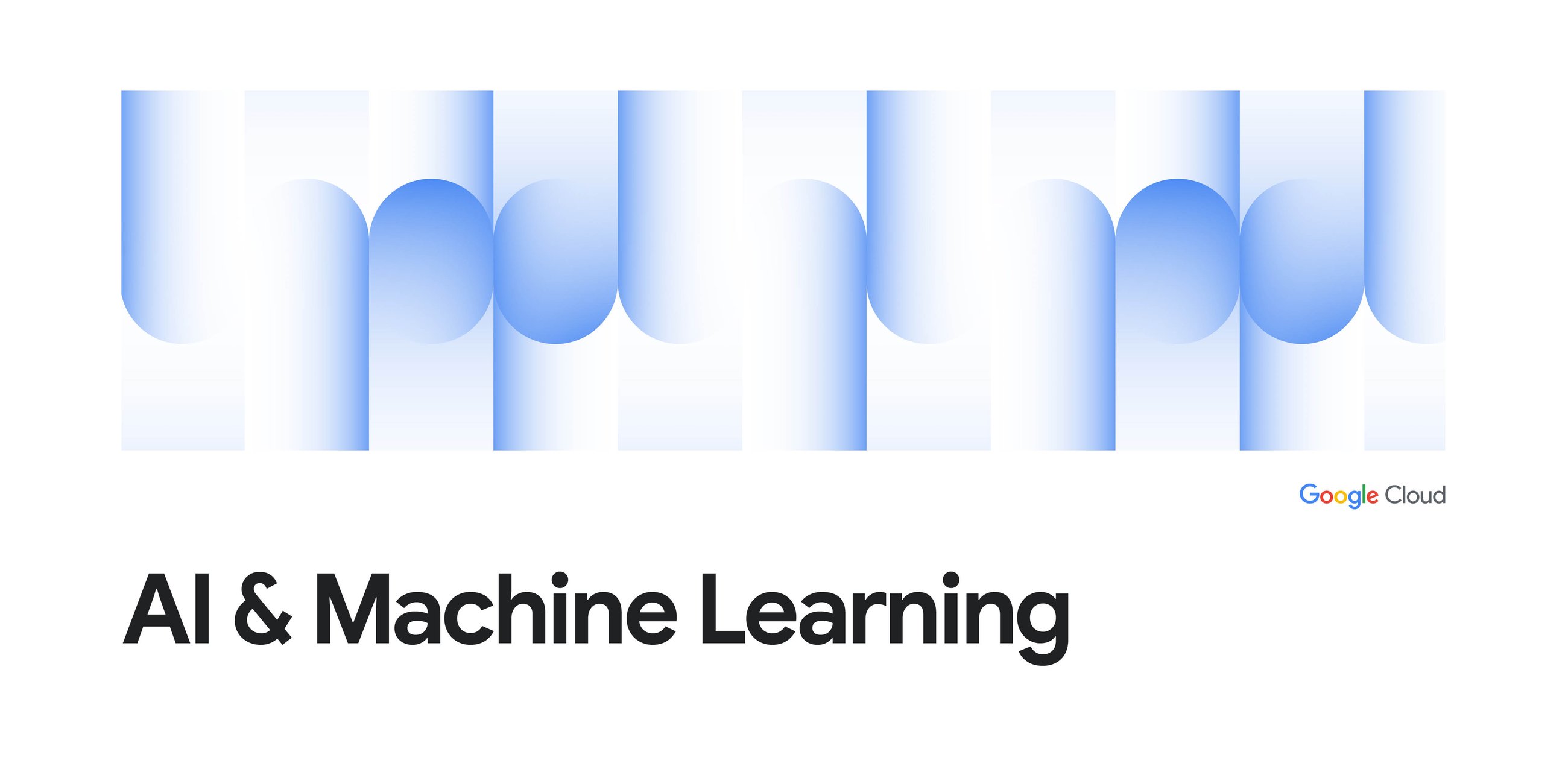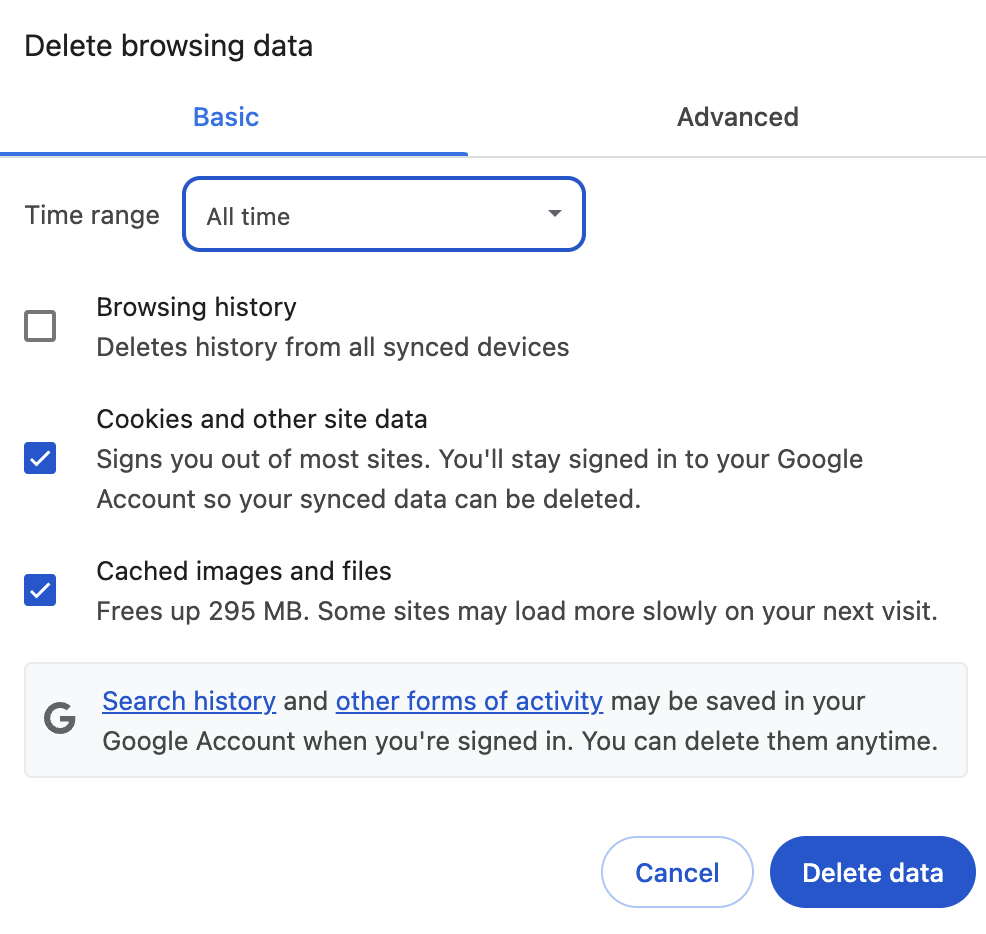
The pace of innovation in open-source AI is breathtaking, with models like Meta’s Llama4 and DeepSeek AI’s DeepSeek. However, deploying and optimizing large, powerful models can be complex and resource-intensive. Developers and machine learning (ML) engineers need reproducible, verified recipes that articulate the steps for trying out the models on available accelerators.
Today, we’re excited to announce enhanced support and new, optimized recipes for the latest Llama4 and DeepSeek models, leveraging our cutting-edge AI Hypercomputer platform. AI Hypercomputer helps build a strong AI infrastructure foundation using a set of purpose-built infrastructure components that are designed to work well together for AI workloads like training and inference. It is a systems-level approach that draws from our years of experience serving AI experiences to billions of users, and combines purpose-built hardware, optimized software and frameworks, and flexible consumption models. Our AI Hypercomputer resources repository on GitHub, your hub for these recipes, continues to grow.
In this blog, we’ll show you how to access Llama4 and DeepSeek models today on AI Hypercomputer.
Added support for new Llama4 models
Meta recently released the Scout and Maverick models in the Llama4 herd of models. Llama 4 Scout is a 17 billion active parameter model with 16 experts, and Llama 4 Maverick is a 17 billion active parameter model with 128 experts. These models deliver innovations and optimizations based on a Mixture of Experts (MoE) architecture. They support multimodal capability and long context length.
But serving these models can present challenges in terms of deployment and resource management. To help simplify this process, we’re releasing new recipes for serving Llama4 models on Google Cloud Trillium TPUs and A3 Mega and A3 Ultra GPUs.
-
JetStream, Google’s throughput and memory-optimized engine for LLM inference on XLA devices, now supports Llama-4-Scout-17B-16E and Llama-4-Maverick-17B-128E inference on Trillium, the sixth-generation TPU. New recipes now provide the steps to deploy these models using JetStream and MaxText on a Trillium TPU GKE cluster. vLLM is a high-throughput and memory-efficient inference and serving engine for LLMs. New recipes now demonstrate how to use vLLM to serve the Llama4 Scout and Maverick models on A3 Mega and A3 Ultra GPU GKE clusters.
-
For serving the Maverick model on TPUs, we utilize Pathways on Google Cloud. Pathways is a system which simplifies large-scale machine learning computations by enabling a single JAX client to orchestrate workloads across multiple large TPU slices. In the context of inference, Pathways enables multi-host serving across multiple TPU slices. Pathways is used internally at Google to train and serve large models like Gemini.
-
MaxText provides high performance, highly scalable, open-source LLM reference implementations for OSS models written in pure Python/JAX and targeting Google Cloud TPUs and GPUs for training and inference. MaxText now includes reference implementations for Llama4 Scout and Maverick models and includes information on how to perform checkpoint conversion, training, and decoding for Llama4 models.
Source Credit: https://cloud.google.com/blog/products/ai-machine-learning/deploying-llama4-and-deepseek-on-ai-hypercomputer/



